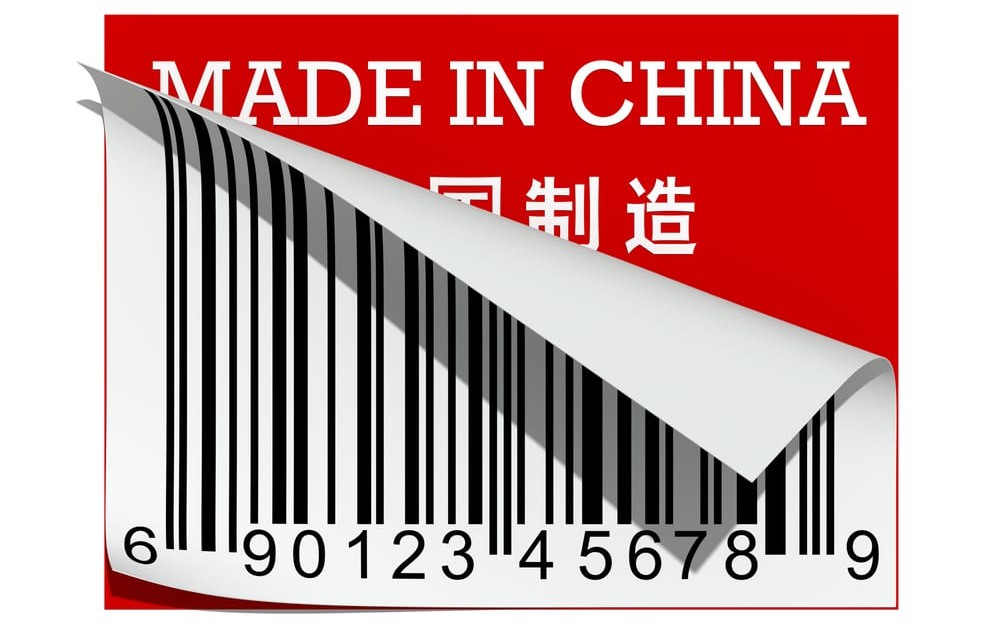
Why is China but not India “the World’s Factory”?
At the beginning of the 21st century, Western economists compared India and China with ‘ the battle between dragon and elephant’, and took India as the hope of Asia, which is also the Chinese biggest rival and is even more a model of democracy. India, like China, has a large population, sufficient labor force, and a vast market.
Dating back to the 20th century, Britain and the United States were once “world’s factory”, and Japan and Germany have also been transit stations for world industries. Now China becomes the “world’s factory”, why can’t the global industrial chain continue to shift to other developing countries?
In fact, three necessary conditions have played a crucial role:
- A complete industrial system
- Demographic dividend– A large, high-quality labor force with secondary education.
- A unified country, equal Social relations, and a free social atmosphere.
A complete industrial system
In the early days, Britain established factories, railways, and power supply systems in India, which made the Indian industrial base better than the Chinese. Even after the founding of China in 1949, the Indian industrialization level still surpassed that of China. In 1949, China’s GDP was only about half of India’s.
China later strove through its efforts in 156 key projects, including power plants, steel mills, shipyards, aircraft manufacturing plants, automobile factories, etc. At the same time, it opened oil fields, built water conservancy projects, built atomic bombs.
Two bombs and one satellite shocked the world.
Demographic dividend is not just about much more people
India and China are both populous countries and seem to have similar potentials. But in fact, India’s labor force is far from that: it claims to have 10 years of compulsory education, but in reality, a large number of rural populations and low castes have difficulty in enrolling.
After the founding of the People’s Republic of China, China not only liberated and developed productive forces but also popularized basic education throughout the country through literacy education and nine-year compulsory education. 71 years after the founding of New China, the popularization rate of compulsory education in China has reached 94%.
A unified country, equal Social relations, and a free social atmosphere.
Prioritizing the development of heavy industry requires the country to have a relatively high capacity for capital accumulation and capital mobilization, but India has more than 1,000 parties, large and small, and each state has its own traditional power. Secondly, the residual prejudice of feudalism also made it difficult to unify the whole country.
In modern times, China has gone through the Westernization Movement, the Revolution of 1911, the War of Resistance against Japan, and reform and opening up. It has undergone innovations time and time again and has adapted to the present results.
Nowadays, the Chinese huge market scale, efficient and flexible industrial clusters, as well as the advantages of stabilizing the epidemic and speeding up the resumption of production, make the global supply chain unable to find a ‘second China’. This is the reason that you should choose China as the country for cooperation or investment.
Located in the Greater Bay Area of China, GBI creates opportunities and value for you. We help you in product sourcing, price negotiation, factory audit, QC, legal support, and after service. We have successfully helped more than 50 countries import from China. Making you more resilient in the global value chain and protect your business and family from beginning to end is what we are doing. Get in touch with us to start a profitable business NOW!



